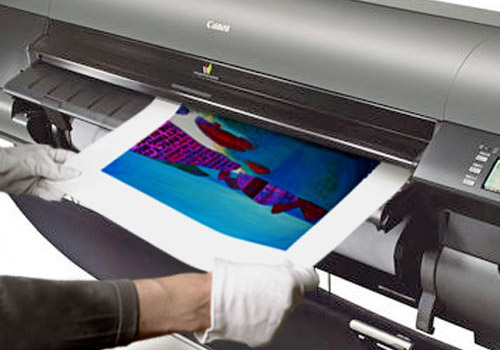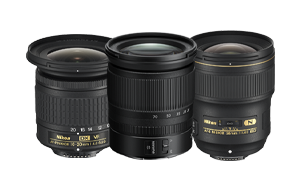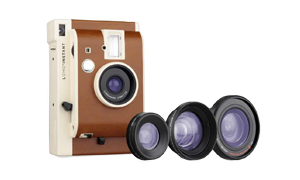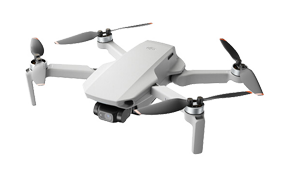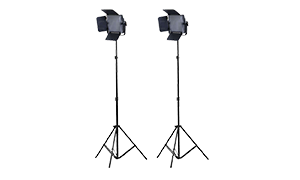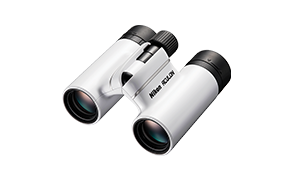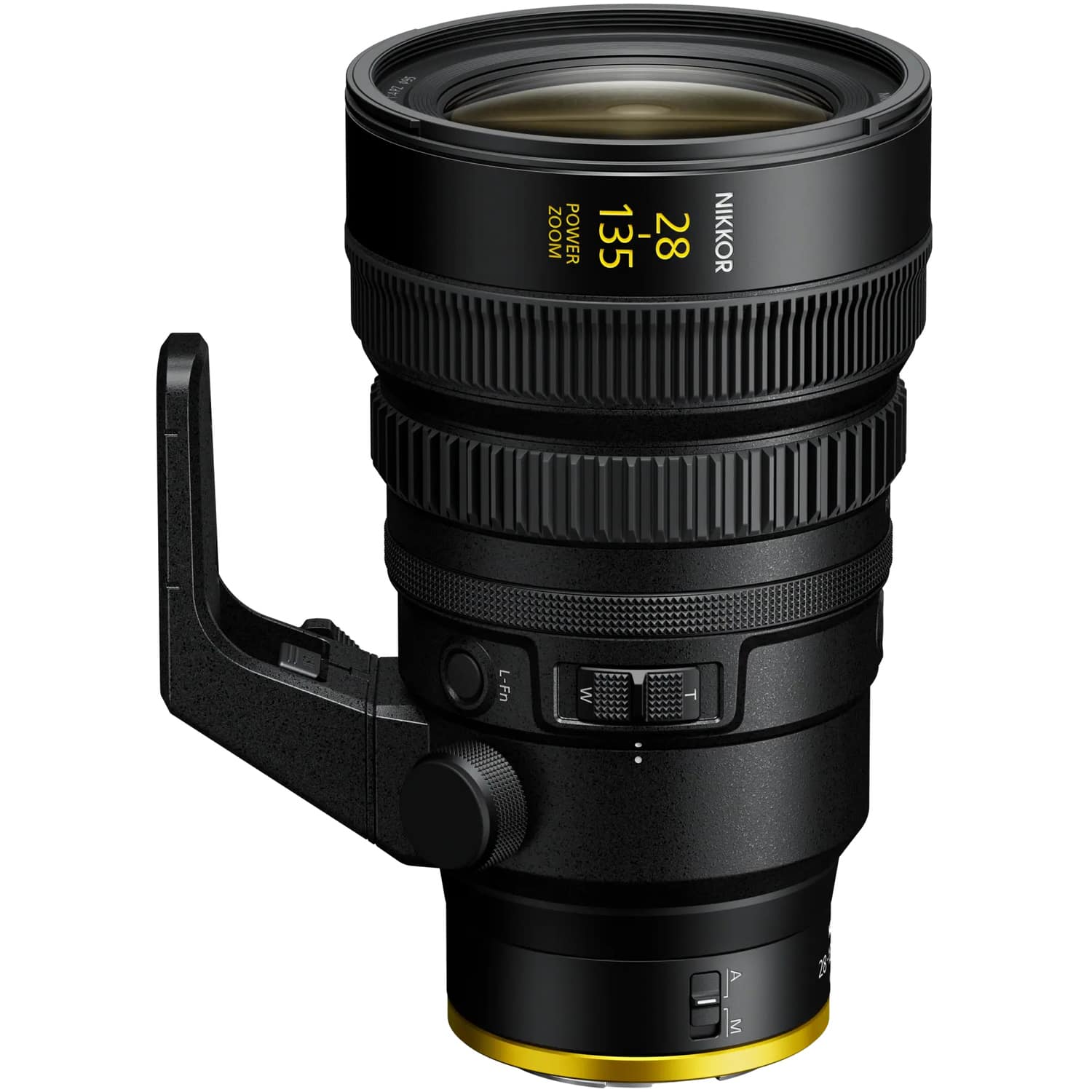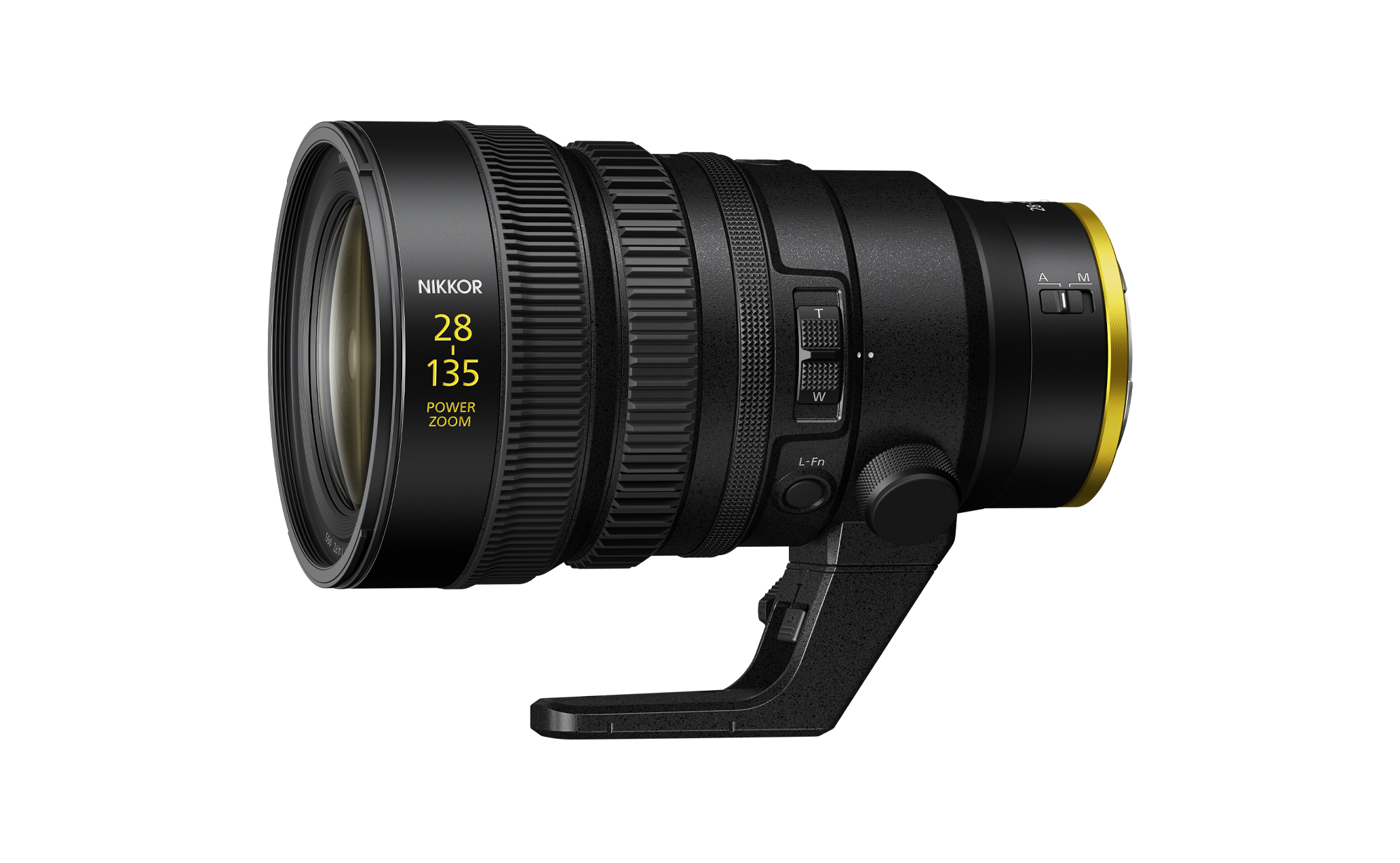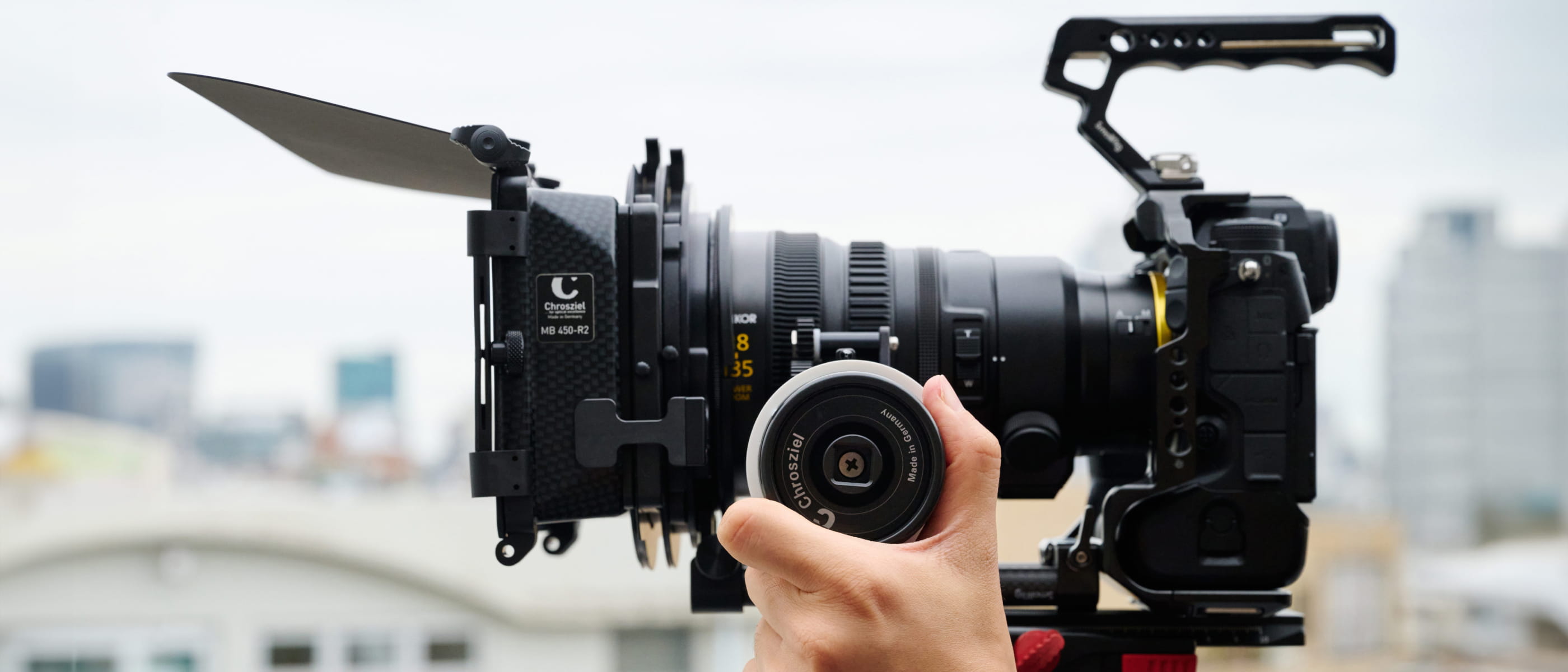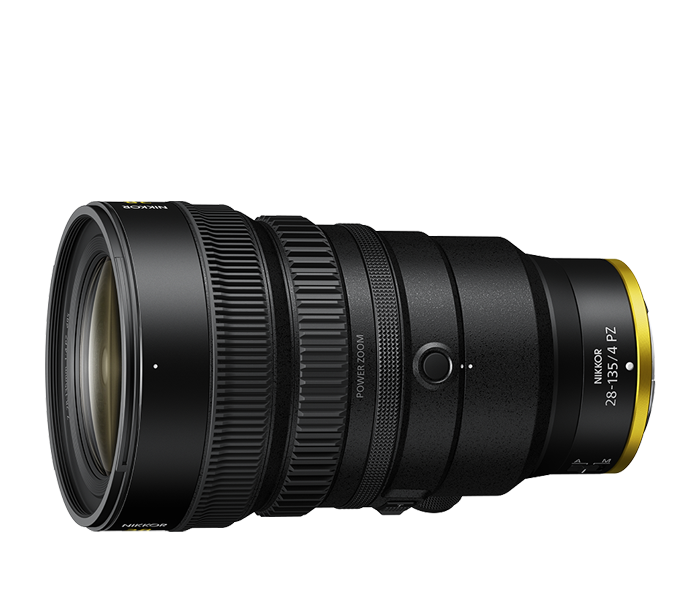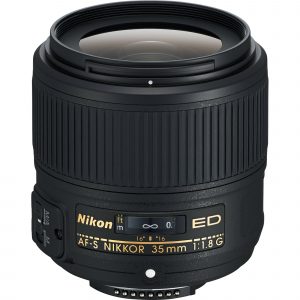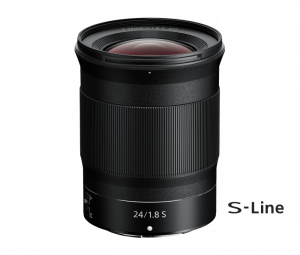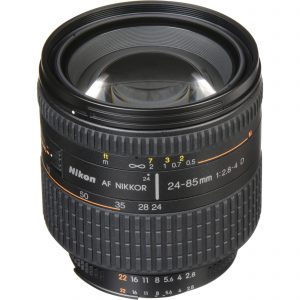Description
Take one.

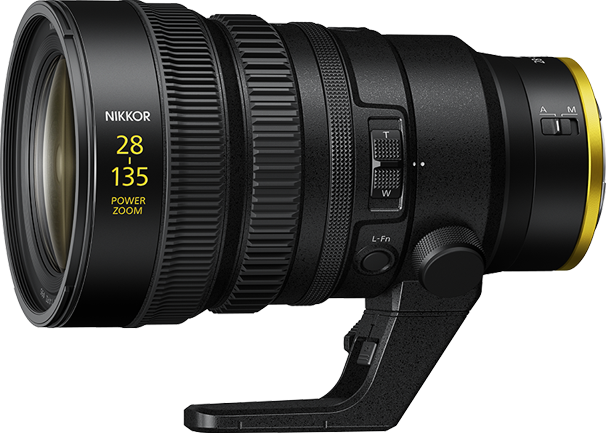
Your most-used focal lengths in one lens.
Cinematic NIKKOR quality.
See the Z 28-135mm f/4 PZ in action.
Extended reach.
Prime lens quality with the flexibility of a wide-ranging zoom covering 28 to 135mm. In combination with the Hi-Res Zoom feature in compatible Nikon Z mirrorless cameras, the zoom range of the lens can be extended seamlessly up to 270mm (equivalent).1
Get closer.
Constant maximum aperture of f/4 and minimum focus distance of 13.4 in (0.34 m)2 allows for dynamic closeups with cinematic blurred backgrounds—ideal for product and commercial videos.
Precise control.
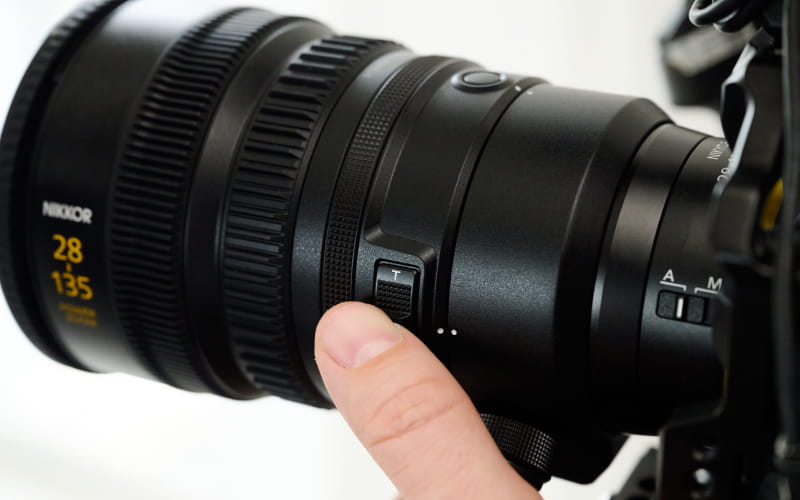
One-touch zoom.
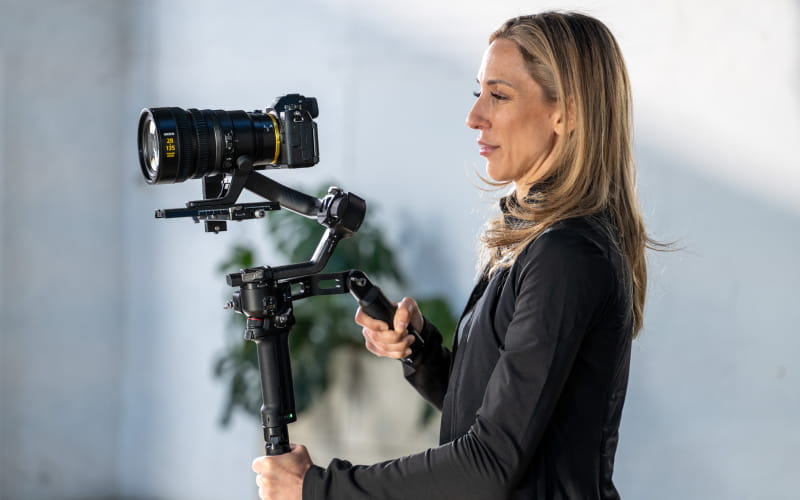
Balanced design.
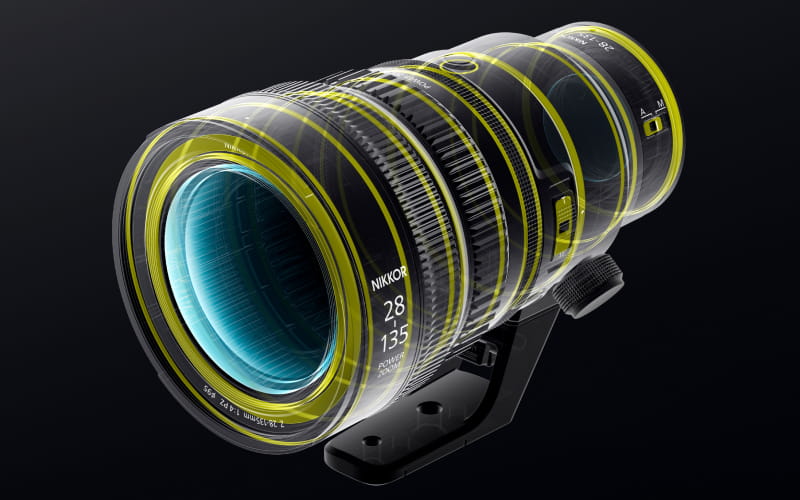
High-performance coatings
Focus on the shot.
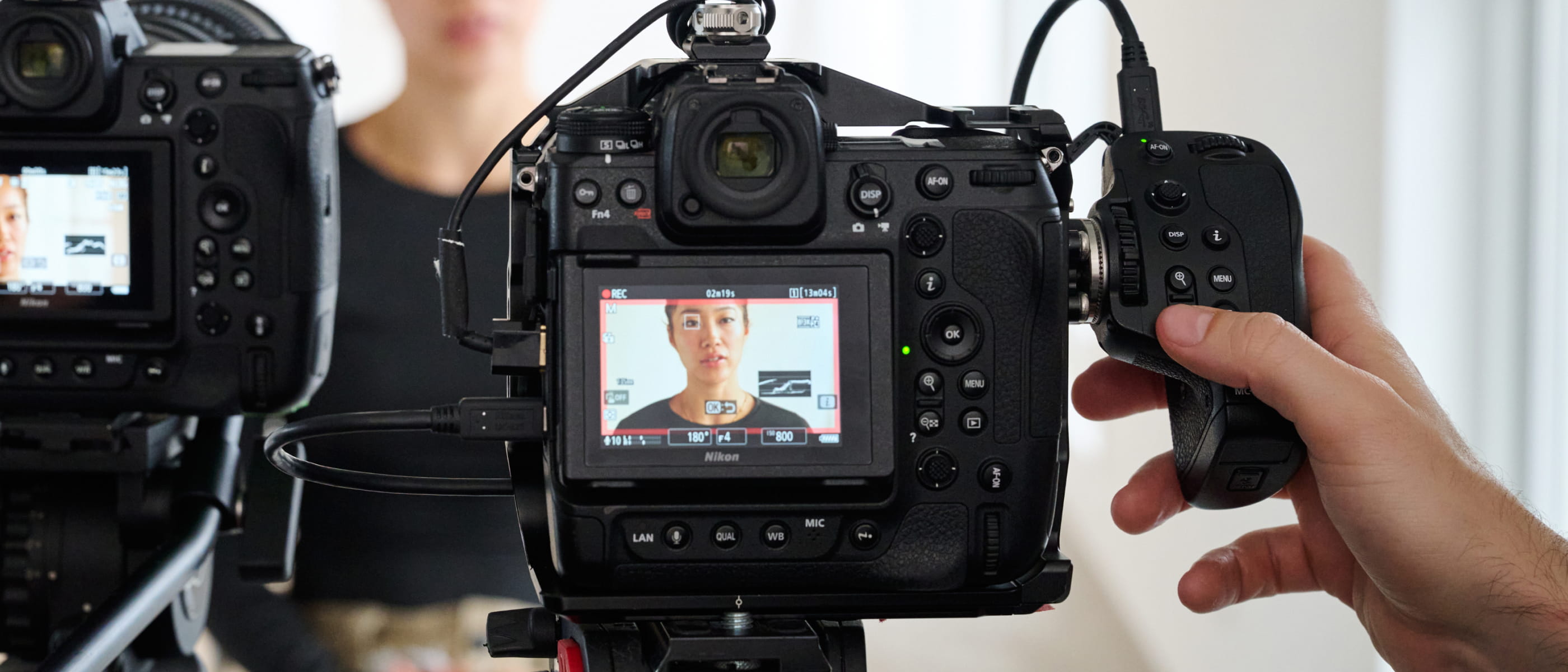
Autofocus you can trust.

Precise focus pulling.
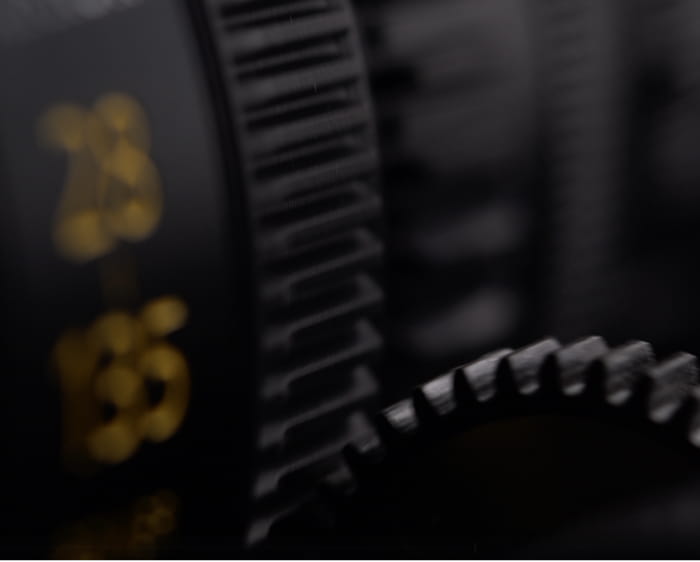
Change focus, not framing.

Pull focus by touch.
Details matter.
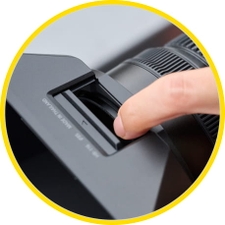
Easy Access to Filters
The HB-116 hood includes a cut-out notch for easy on-the-go adjustment of variable ND filters.
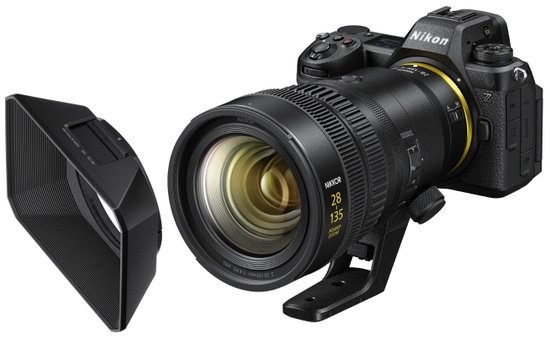
Technology

ED (Extra-Low Dispersion) Glass
An optical glass developed by Nikon that is used with normal optical glass in telephoto lenses to obtain optimum correction of chromatic aberrations.

Power Zoom
The power zoom* has been designed in pursuit of light and responsive operational feel. This function achieves smooth zooming at a constant speed and various options for zoom operation including via remote-control capabilities. That ensures comfortable photo shooting and video recording. *With some cameras, this function is supported only via firmware update.

Fluorine Coat
Photographers need gear that can withstand the elements. Nikon’s fluorine coat effectively repels dust, water droplets, grease or dirt, ensuring easy removal even when they adhere to the lens surface. Nikon’s fluorine coat endures a high frequency of lens surface wiping and its anti-reflective effect also contributes to the capture of clear images.

Meso Amorphous Coat
Meso Amorphous Coat* realizes the highest anti-reflection performance in NIKKOR history. Meso Amorphous Coat provides an effect superior to that of Nano Crystal Coat for diagonal incident light, and an effect equivalent or superior to ARNEO Coat for vertical incident light. With its superb performance, ghost and flare caused by incident light from various directions are noticeably reduced, delivering clear images even under harsh conditions. *With this coating system, amorphous particles, that are even smaller than nano particles, are utilized to create even more gaps within the coating to form an ultra-fine mesoporous structure, attaining a lower refractive index. In addition, a higher-precision base coat is employed to further enhance the anti-reflection effect.

Aspherical Lens
A lens with a curved, non-spherical surface. Used to reduce aberrations and enable a more compact lens size. Aspherical lenses minimize coma and other types of lens aberrations, even when used at the widest aperture. They are particularly useful in correcting distortion in wide-angle lenses and help contribute to a lighter, more compact design by reducing the number of standard (spherical) elements necessary. Aspherical lens elements correct these distortions by continuously changing the refractive index from the center of the lens.

Aspherical – Extra-low Dispersion Glass Elements
An ED (Extra-low Dispersion) glass element that features the characteristics of an Aspheric glass element for a more compact size lens. Like Aspherical lenses, AS-ED lens elements minimize coma and other types of lens aberrations, even when used at the widest aperture by continuously changing the refractive index from the center of the lens. The AS-ED lens elements are optical glass developed by Nikon to obtain optimum correction of chromatic aberrations.

Stepping Motor
NIKKOR Z lenses use a stepping motor for fast, accurate, smooth, quiet autofocus with reduced wobbling. This quiet drive system makes the lenses ideal for use when shooting video.

A/M
A/M stands for Auto-Priority Manual Mode. This mode also enables an easy transition from autofocus to manual during AF operation. However, mode switch sensitivity has been altered to reduce the possibility of sudden unintentional switching to manual focus while shooting.

IF Lens
A NIKKOR lens in which only the internal lens group shifts during focusing. Thus, IF NIKKORS do not change in size during AF operation, allowing for compact, lightweight lenses capable of closer focusing distances. These lenses will be designated with the abbreviation IF on the lens barrel.

Electromagnetic Diaphragm Mechanism
An electromagnetic diaphragm mechanism in the lens barrel provides highly accurate electronic diaphragm or aperture blade control when using auto exposure during continuous shooting.
- *1 When capturing 4K output with the Z8 and Z9.
- *2 Minimum focus distance of 13.4 in (0.34 m) is achieved between 28–50mm.
- *3 Supported by Z9, Z8 and Z6III.
- *4 Maximum center of gravity shift between 28mm and 135mm is approx. 2mm.
- *5 With compatible Nikon Z series cameras. See user manual for details.





